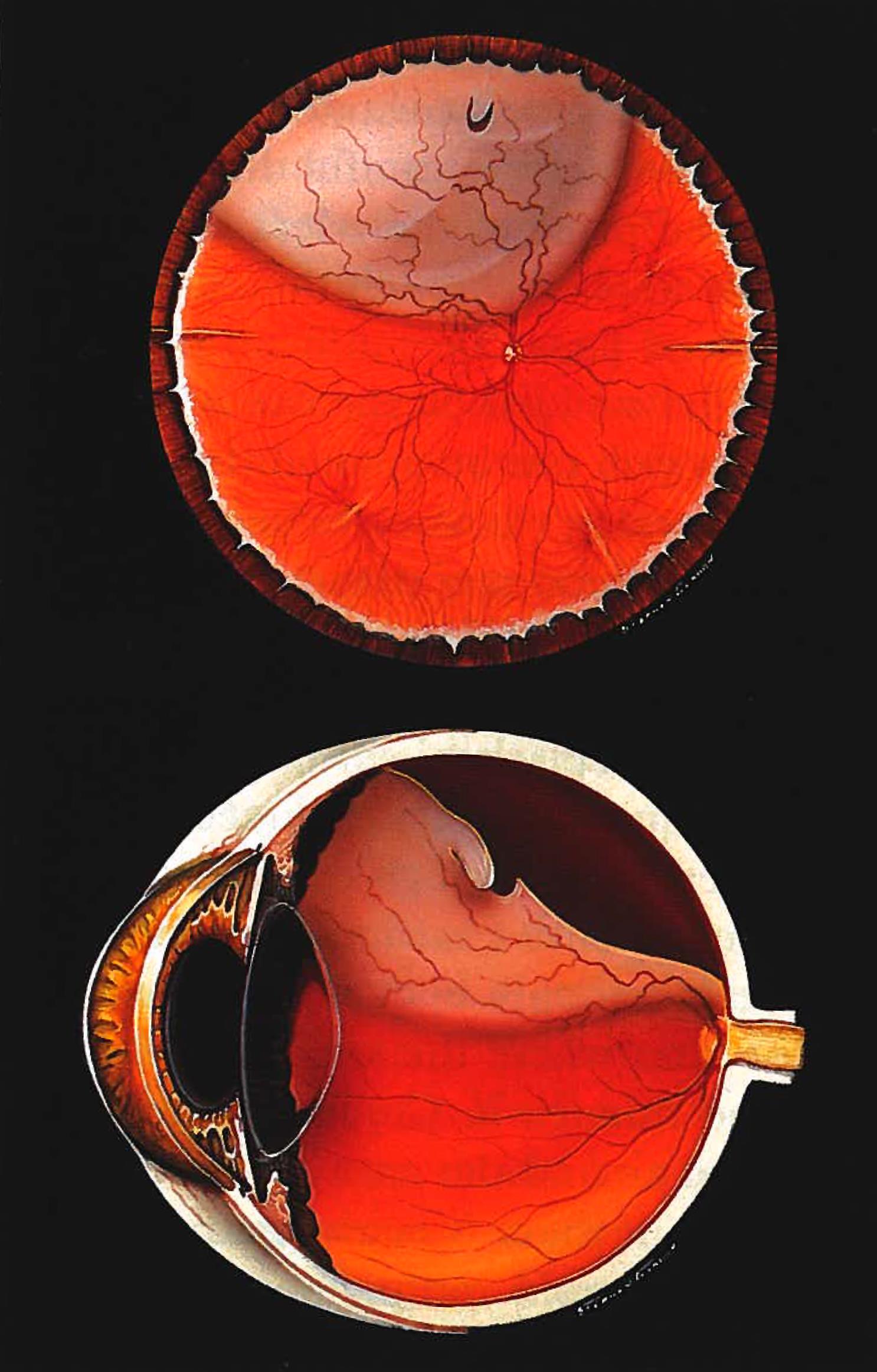
Your eye doctor may give you medications and eye drops to use during your recovery. There is also a chance of developing other eye problems, such as cataracts or glaucoma.īesides your equipment, what else will I need during recovery? Will I need additional medications or therapies? If that happens, you may have to repeat the surgery to properly repair your retina. If you do not maintain a face-down position, the retina will heal incorrectly. What happens if I do not remain in a face-down position? Your surgeon will advise you on your personal recovery time as they can vary. Vitrectomy recovery takes approximately 2-8 weeks, so you can expect to remain face down for several weeks. It is best to refer to doctor’s recommendation.įor how many weeks/months must I recover in a face-down position? Times may vary, however, approximately 23 hours per day. How many hours per day must I recover in a face-down position? Your head needs to be facing down so that the gas bubble injected into your eye during the vitrectomy keeps your retina in place as it heals. You’re required to recover in a face-down position because the retina is at the back of the eye. Why must I recover in a face-down position? The best way to prevent the possibility of vision reduction or blindness after a vitrectomy is to fully adhere to all recovery instructions and recommendations given to you by your surgeon. Untreated eye diseases, such as retinal detachment, could possibly result in permanent eye damage, however a successful vitrectomy does not have a risk of vision loss. General anesthesia is applied to the whole body, and makes a person temporarily unconscious.Īccording to the American Academy of Ophthalmologists, an eye doctor will typically refer you for a vitrectomy if you have one of the following conditions: Local anesthesia is applied to just the area in which the procedure is done, which in this case will the eye. The surgery can be done under either local or general anesthesia. How long will the surgery take? How invasive is it?Ī vitrectomy is a relatively quick and minimally painful surgery that can take from as little as 30 minutes to up to 3 hours to complete. The purpose of vitreous gel is to help the eyeball maintain its shape. Vitreous gel is the gel-like fluid that fills up in the space in the middle of the eye, immediately behind the lens. As your recovery period progresses, the bubble is gradually replaced by your eye’s own fluids and decreases in size until your vision returns to normal. Initially, this bubble will make your vision blurry. This bubble will apply pressure on your retina and hold it in place during your healing and recovery phase.

This is done to create better access to the retina for other surgeries such as removal of ocular scar tissue, laser repair of retinal detachments, and treatment of macular holes.Īt the end of the surgery, an eye doctor may inject an oil or gas bubble into your eye. A vitrectomy is a surgery where a retina specialist drains the vitreous gel from the eye cavity.


 0 kommentar(er)
0 kommentar(er)
